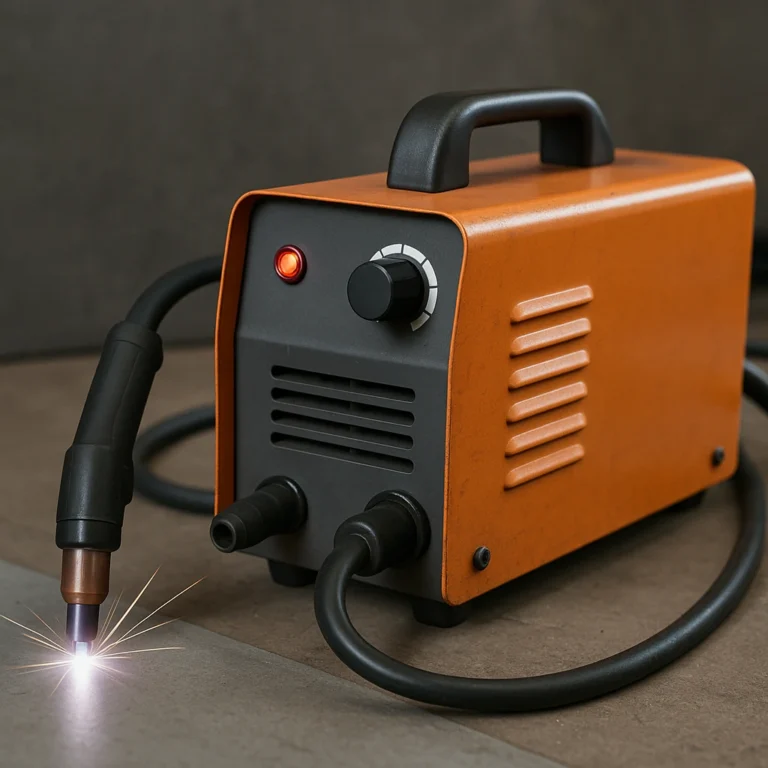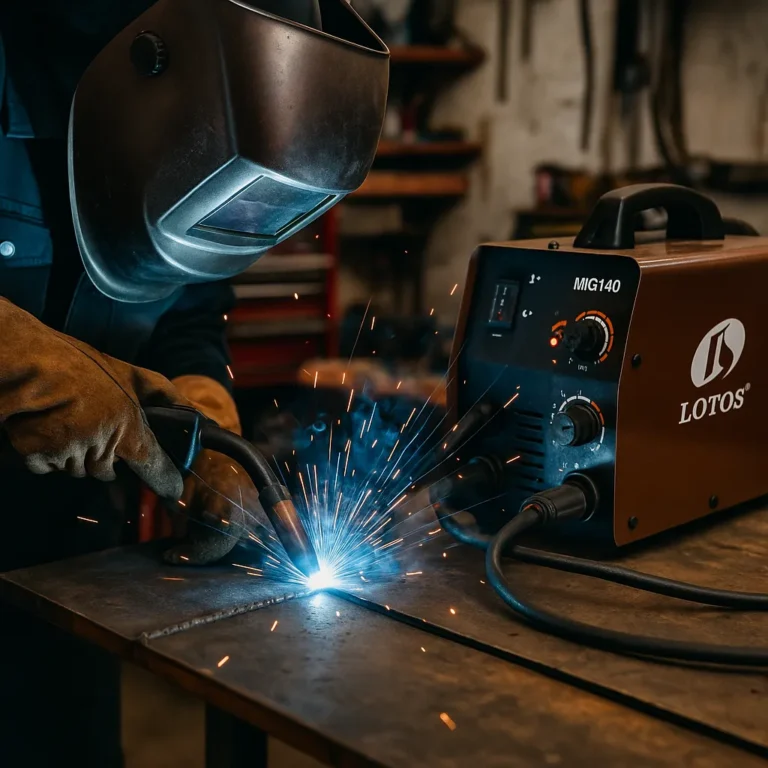Millermatic 141 vs 211 – The Ultimate Welder Showdown for DIYers and Pros

Disclosure: This post contains affiliate links. As an Amazon Associate, I earn from qualifying purchases—at no extra cost to you.
When it comes to choosing a reliable MIG welder, Miller Electric’s Millermatic series often stands out. Both the Millermatic 141 and 211 are popular options, but which one suits your needs best? Let’s break down their features, performance, and value to help you make an informed decision.
Key Features of the Millermatic 141
The Millermatic 141 is a versatile 120V MIG welder designed for light to moderate welding tasks. Some standout features include:
- Auto-Set™ Technology: This user-friendly feature simplifies setup by automatically adjusting voltage and wire feed speed for optimal results.
- Powerful Performance: With an output range of 30–140 amps, it’s ideal for welding up to 3/16-inch mild steel.
- Portability: Weighing around 51 lbs, the Millermatic 141 is compact and easy to transport.
- Smooth Start™ Technology: Ensures spatter-free starts, enhancing weld quality.
The Millermatic 141 is best suited for DIY enthusiasts, hobbyists, and those handling light fabrication work.
Key Features of the Millermatic 211
The Millermatic 211 is a robust 120/240V MIG welder designed for higher performance and thicker materials. Key highlights include:
- Auto-Set™ Elite Technology: Provides even greater control, allowing users to fine-tune voltage and wire speed for optimal welds on various materials.
- Multi-Voltage Plug (MVP™): Easily switches between 120V and 240V power, expanding its versatility.
- Impressive Power Range: With an output range of 30–230 amps, the 211 can weld materials up to 3/8-inch thick.
- Advanced Inverter Technology: Offers improved arc performance and reduced power consumption.
The Millermatic 211 is ideal for professional welders, contractors, and those working on thicker metals or heavy-duty projects.
Millermatic 141 vs 211: Side-by-Side Comparison
| Feature | Millermatic 141 | Millermatic 211 |
|---|---|---|
| Voltage | 120V | 120V/240V |
| Output Range | 30–140A | 30–230A |
| Max Material Thickness | 3/16 in. | 3/8 in. |
| Weight | 51 lbs | 38 lbs |
| Auto-Set™ Technology | Yes | Elite Version |
| Ideal For | Home projects, DIY | Professional use, heavy-duty |
Which One Should You Choose?
- Choose the Millermatic 141 if you’re primarily working on thin materials, performing home repairs, or seeking a reliable beginner-friendly welder.
- Opt for the Millermatic 211 if you need power for thicker materials, value portability, and plan to tackle professional or high-demand projects.
Conclusion
Both the Millermatic 141 and 211 deliver excellent performance, but your choice depends on your project needs and budget. The 141 is a solid pick for light-duty tasks and home use, while the versatile and powerful 211 is a smart investment for more demanding projects.






